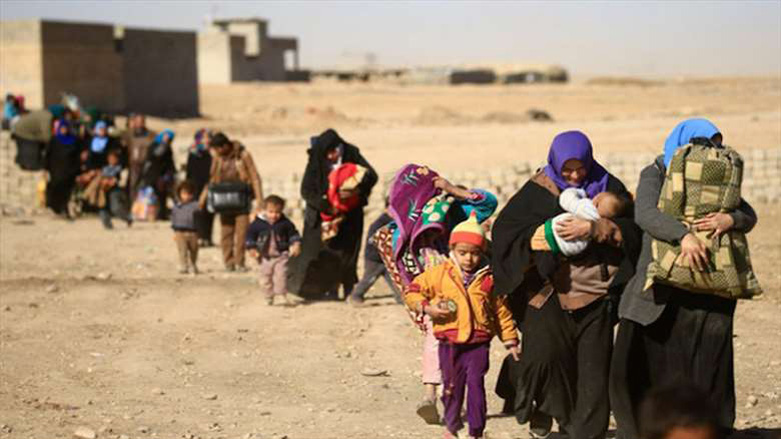More IDPs returning to Kurdistan Region camps than those leaving, camp supervisor says

ERBIL (Kurdistan 24) – The rate of Internally Displaced Persons (IDPs) returning from Mosul to camps in the Kurdistan Region is on the rise due to the lack of essential services and safety concerns.
Although over two years have passed since Iraq’s Mosul was liberated from the so-called Islamic State, people continue to leave their homes and return to camps inside the autonomous Kurdish region.
According to Rashid Darwesh, the head supervisor of the Khazir and Hassansham camps, before the recent security incidents in liberated areas, at least five families were returning to camps in Erbil daily, but now the rate is 10 families per day.
“The process of the returnees from Kurdistan camps to the liberated areas is decreasing as only one or two families return to their homes daily,” Darwesh told local media.
Darwesh said the recent increase in Islamic State attacks in the Nineveh governorate, as well as a lack of basic services during the summer heat, are all factors that encourage IDPs to return to camps in Kurdistan.
“At the beginning of 2019, humanitarian aid has decreased drastically, except for the Iraqi Ministry of Displacement and Migration (MoDM) which sends monthly food items,” Darwesh said.
A recent report by the Kurdistan Regional Government’s (KRG) Joint Crisis Coordination Centre (JCC) indicates that reverse migration is higher than the number of people leaving the camps.
According to the JCC’s report, in 2018, over 28,000 individuals returned to the camps with a majority of them from Nineveh. Furthermore, over one million IDPs remain in Kurdistan, both inside the camps and among the host communities.
Former Iraqi prime minister Haider al-Abadi declared a “final victory” over the Islamic State in December 2017 when Iraqi forces drove its last remnants from the country, three years after the militant group overran about a third of Iraq’s territory.
Following the military victory over the extremist group, hundreds of thousands of IDPs began to return to their homes. However, over the past two years, those same displaced persons have come back to camps in Kurdistan after unsuccessful attempts to return to their areas of origin.
Through its sleeper cells, the Islamic State continues to launch insurgency attacks, ambushes, and kidnappings in Nineveh and its surrounding areas, compromising the region’s stability.
Editing by Karzan Sulaivany
